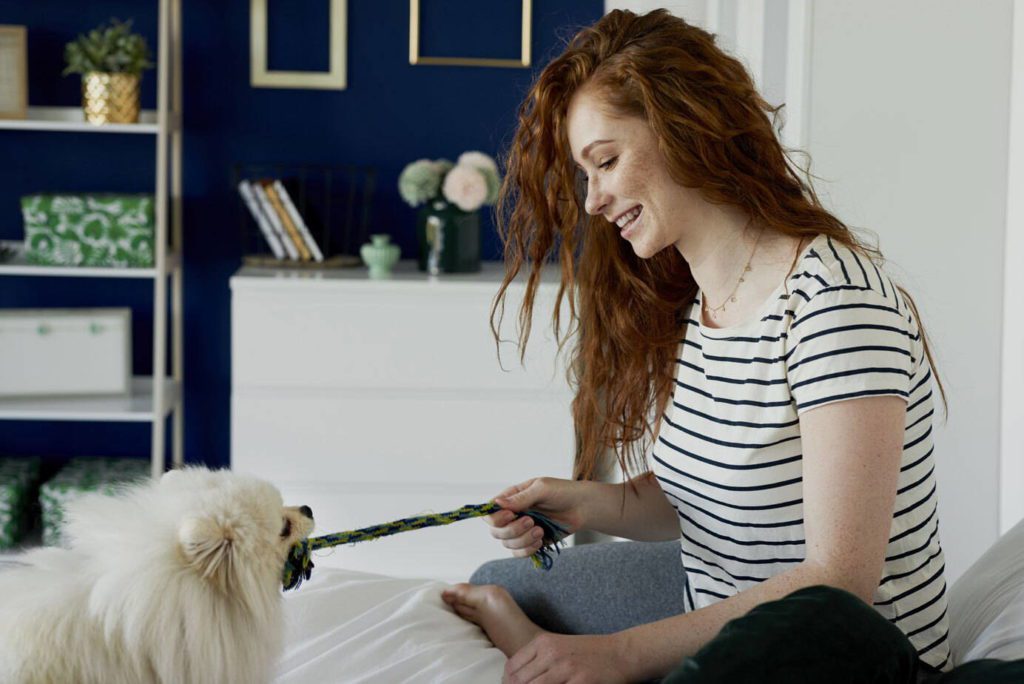If you are in charge of writing a company blog or have taken control of a website recently, you are probably wondering how to write and remain sensitive during a pandemic. A single sentence could be something that you are mulling over for several minutes before getting it down on paper, and there is also another thing, what about the visuals?
We usually think about the copy first and then how we can bring a story to life through images. As long as they are high res, relevant and capture the reader’s attention, we usually have all the boxes ticked. After all it’s about telling the story first and then making it look jazzy.
But 32% of marketers say visual images are the most important form of content so should we be rethinking our selection process during a pandemic?
If you are working with a brand that is relaxed and more creative you are probably still testing the boundaries and more or less exempt from overthinking due to creative freedom. But if you are working with B2B clients and looking after content that bolsters reputation, you can probably relate to this.
Here are a few things to ask yourself before publishing:
Does the image make you feel something?
That generic panoramic shot of an office that you have saved in a dropbox folder for a rainy day, is not going to cut it during this unprecedented and unstable time.
If you are writing a blog post that highlights an empathetic reaction to a situation within the business, look for images that highlight real human interaction or objects that encourage an emotional response.
Authenticity is key and images that show life and feelings are a better choice than standard stock and staged imagery. If budgets are tight and you can’t arrange your own photography, there are some great free sites such as UnSplash – offering variety in style.
People and pets go down a treat!

Are you capturing the right message?
Think about your messaging and whether the image holds the same representation. If you are talking about staff losing their jobs, it’s probably not a great time to select a photograph of a computer or an AI monitor. It’s an obvious call out, but make sure you do a bit of careful sourcing beforehand. Watch out for the crops in your CMS too as it’s quite easy to chop off a hand or someone’s head. Not a great look if your company has made cuts to the workforce!

What do other people think?
Get someone else to give you their opinion. We don’t always see things ourselves if we are too close to the brand or project. Trial a selection of images by putting them in front of someone first and asking for immediate reactions. If you get silence and no positive facial reactions like a smile then the image you have selected could potentially be a bad fit.
Is it still visually appealing?
We often steer away from creating something that isn’t ‘on brand’ or in the right colour palette but try changing your views on this and think about what will connect with the person viewing, rather than what ties in with your brand book.
For example don’t be afraid to use photography that is slightly unpolished (even this is not on brand). Trust is a big factor when trying to build a relationship with your audience and sometimes authenticity shows through images that are raw and real.
Who needs to be involved in sign off?
If there are more than two people involved with making decisions on photography for the brand, make sure you get everyone to sign off at the same time. There is nothing worse than going live with a great piece of content, for someone to come along and shut it down because they are not keen on the way it looks.
Using a project management tool such as Slack can really help this process as it allows full transparency on key project decisions.
Go social
Once you have selected the right images, ensure they are the correct dimensions for the social media platforms that they will be posted on. If you are unsure on sizing then take a look at NRCM’s handy social media sizing guide for 2020.
It’s also important that the images selected are those that will appeal to the audience you are trying to target (so they may not necessarily be the ones your MD or CEO likes!). Facebook posts with images gain over double the engagement of those that don’t, but we are always aiming for a positive response.






